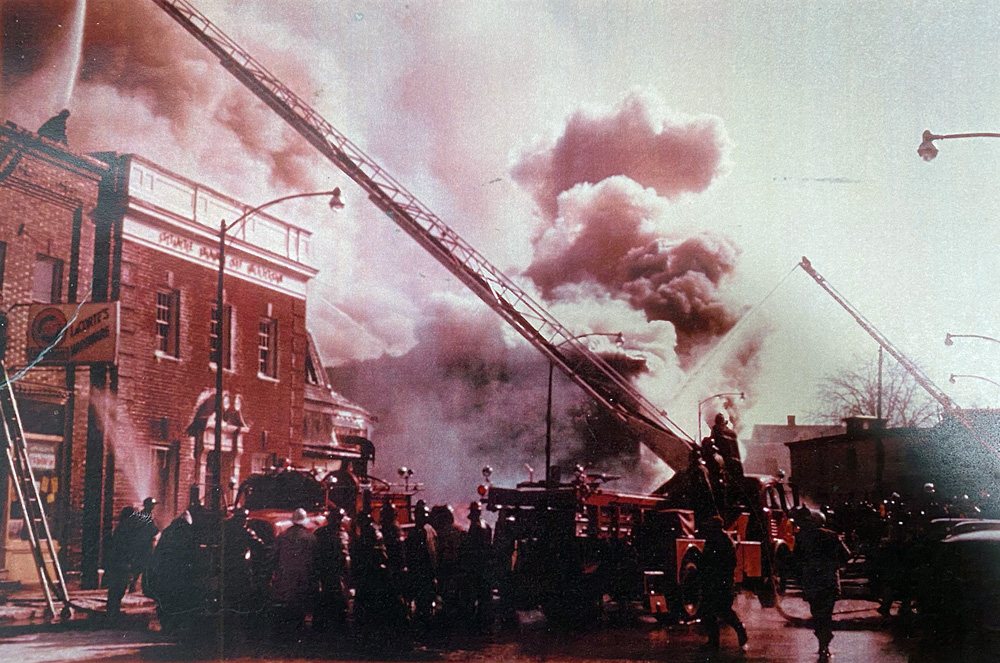FASNY reminds New Yorkers to stay safe in the kitchen

With schools operating on hybrid models, students being homeschooled, and many parents working from home, New Yorkers are cooking more. This change in behavior is accelerated by the fact that restaurants are serving half their capacity or are only offering take-out or delivery services. While cooking and baking can be a positive activity for family connections, it can also lead to some lapses in home kitchen and cooking fire safety. According to the Firemen’s Association of the State of New York (FASNY), minor kitchen fires and burnt food incidents have led some fire departments to see an increase in calls. Local volunteer fire departments are working hard to protect their neighbors and respond to calls for help during these challenging COVID-19 times.
According to the National Fire Protection Association, cooking is the leading cause of home fires and home fire injuries in the United States. Almost half (44%) of reported home fires start in the kitchen. Two-thirds (66%) of home cooking fires start with the ignition of food or other cooking materials. The leading cause of fires in the kitchen is unattended cooking.
“Home kitchen fires usually increase around the fall and winter holidays when families host large dinners. Fortunately, many can be prevented,” said FASNY President John Farrell. “With more New Yorkers staying home during this pandemic, we need to be cautious and avoid unnecessary tragedy. Kitchen fires can be avoided by following some simple safety tips like never leaving the stove unattended, avoiding distractions, and checking that smoke detectors in the home are all in good working order.” Having a charged fire extinguisher in, or near, the kitchen is also a wise investment.
As social distancing continues throughout the state, FASNY would like all New Yorkers to follow a few basic cooking safety tips:
•Remain in the kitchen while cooking. Whether you’re frying, grilling, baking, or broiling food, it’s always a good idea to supervise cooking directly. With many New Yorkers working from home, or attending school from home, it is very easy to become distracted while cooking.
•Most cooking fires involve the stovetop. Keep anything that can catch fire away from it and turn off the stove when you leave the kitchen, even if it’s for “just a second.” A second is all it takes for a house fire to start.
•If you’re simmering, boiling, baking, or roasting food, check it regularly and use a timer to remind yourself that you’re cooking.
•For homes with children, have the kids remain outside the kitchen area while food is being prepared. Pets should also be kept out of the kitchen while cooking. The safest chef is an undistracted chef.
•Avoid loose or dangling clothing when cooking, particularly around the stovetop burners on gas ranges.
•Make sure your smoke detectors are functioning by pressing the “test” button. If needed, replace the batteries. If they are not functioning after testing, install brand-new smoke alarms.
“The most important step anyone can take before making a meal is to “Serve Up Fire Safety in the Kitchen!” said Farrell. “A cooking fire can grow quickly. I have seen many homes damaged and people injured by fires that could easily have been prevented.”
Provided information






